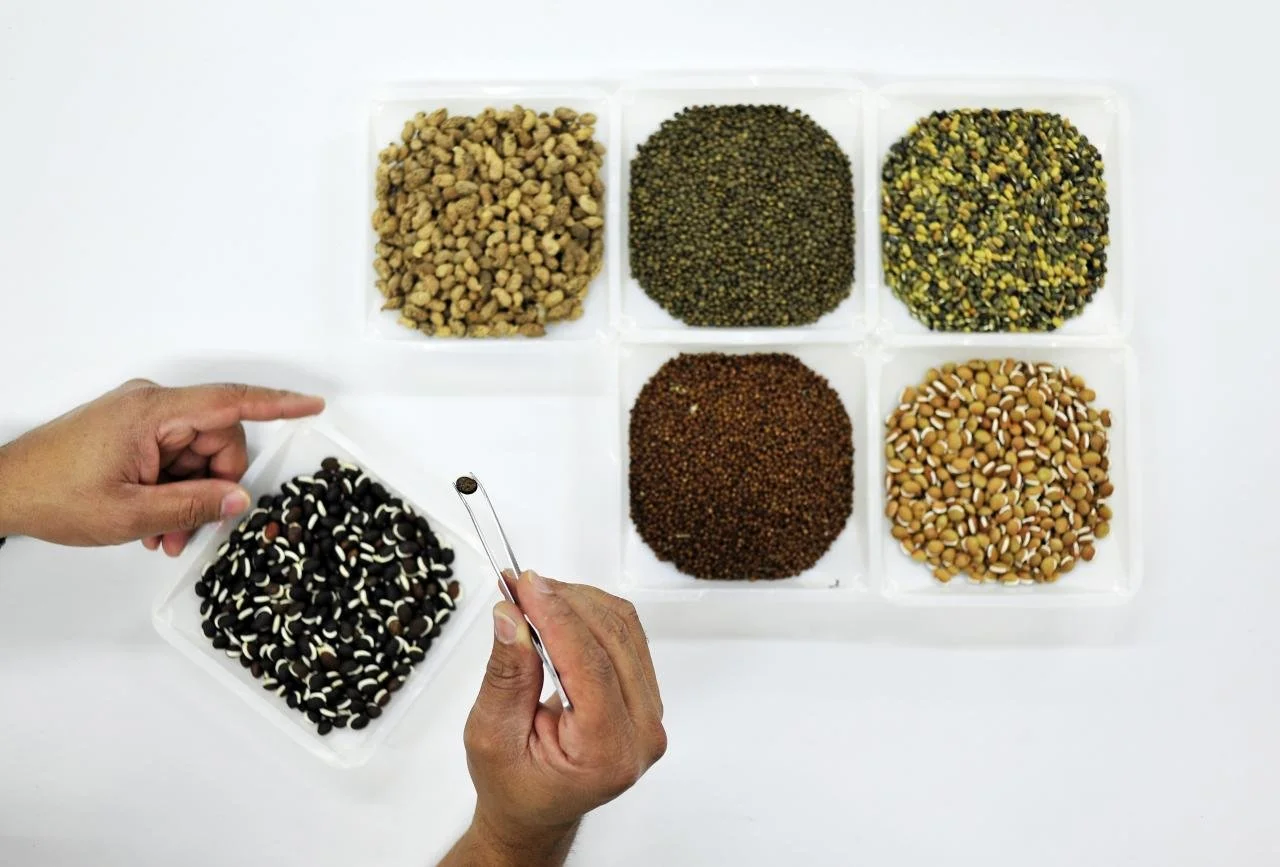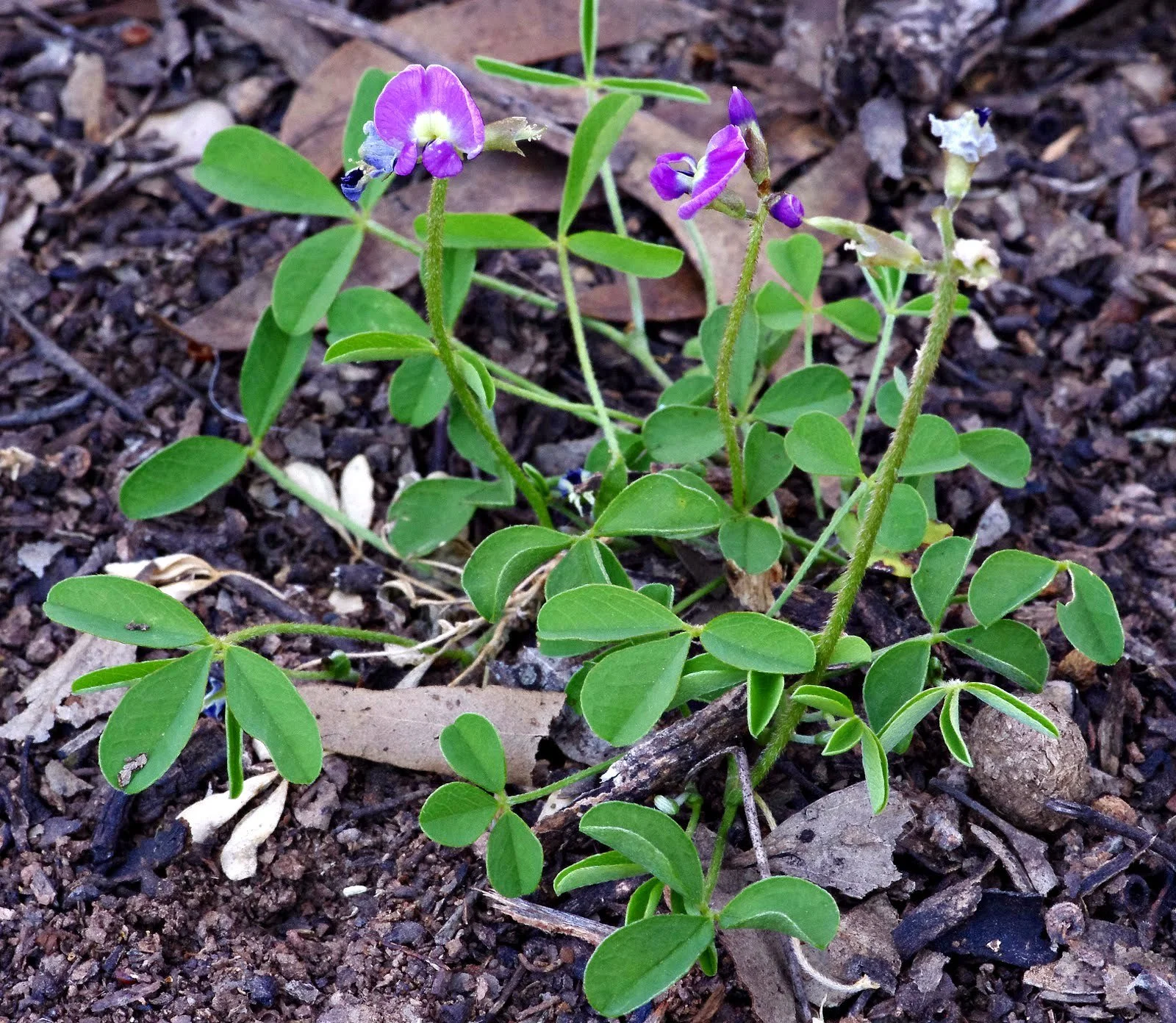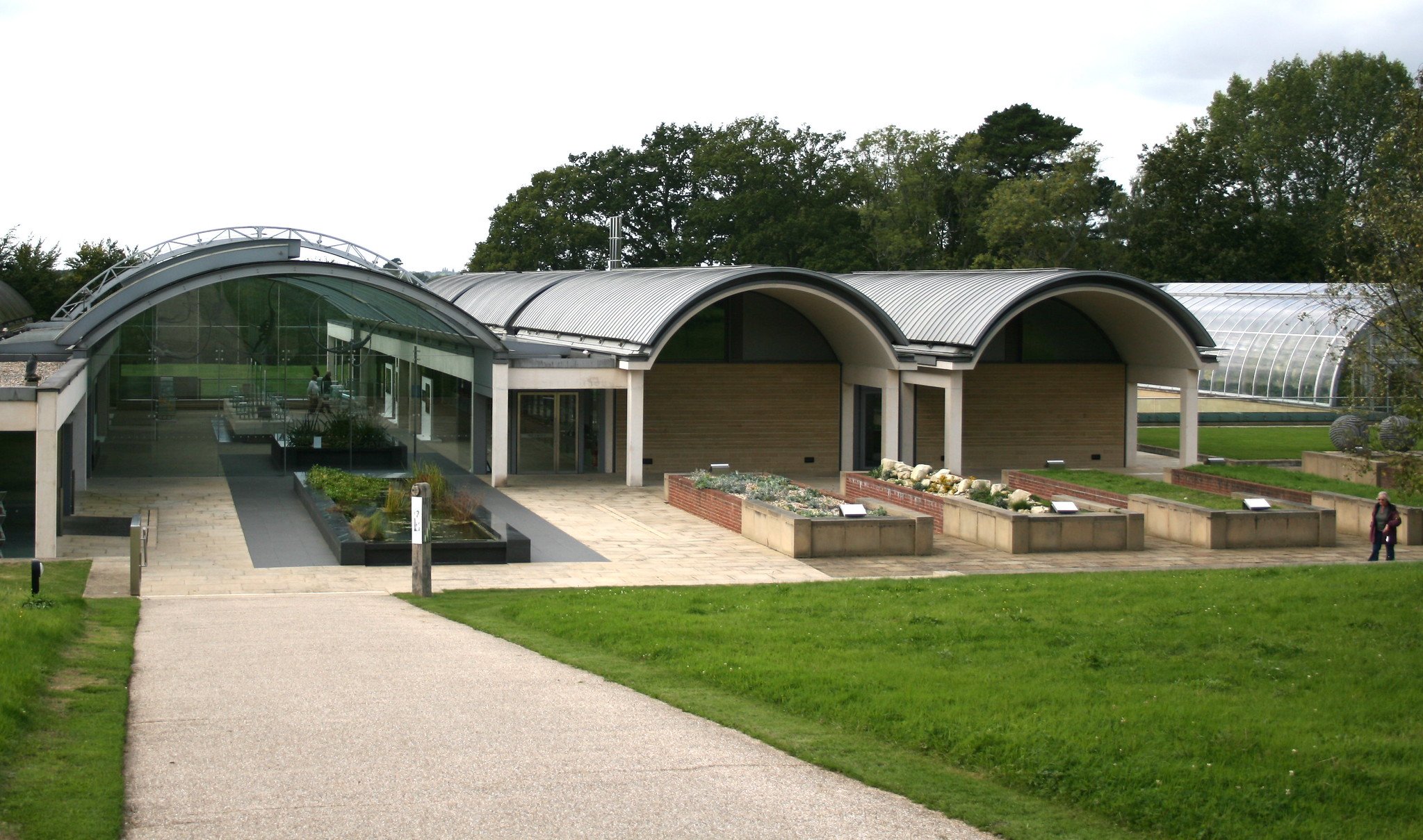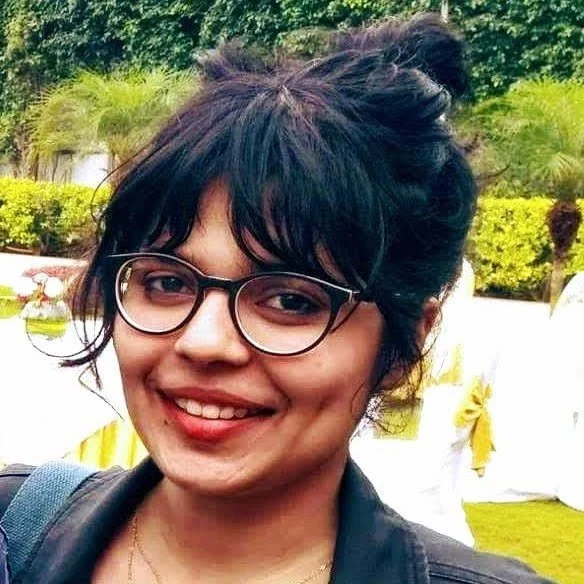Seeds, Tsunamis, and Security
Seed banks act as botanical insurance in the face of a changing climate
Samples of forage seeds in the CIAT gene bank at the institution's headquarters in Colombia, eventually sent to the Global Seed Vault in Svalbard, Norway. Image credit: ©2012 CIAT/NeilPalmer
by Upasana Sarraju
June 10, 2022
Even before the fires, clover glycine struggled to survive.
Glycine latrobeana (clover glycine). Image credit: DavidFrancis34 via Flickr.
Decades of agriculture had devoured its wild homelands. Where it was left to grow, clover glycine competed with other plants for food, space, and sunlight. Common plants like the Montpellier broom, blackberry, and three-cornered garlic escaped ornamental gardens and engulfed wild expanses, including clover glycine habitats. Feral horses and pigs defecated seeds of competitive weeds or trampled sites where clover glycine rooted.
The plant was already endangered and restricted to pockets of southeastern Australia.
Then, through late 2019 and early 2020, bushfires ravaged Australia. The fires were seasonal but exceptionally catastrophic to wildlife and forests that year. Also lost to the devastating flames were more than 57,500 acres of Cudlee Creek, home to clover glycine. Potential extinction was nigh for this rare wild herb of the pea family. But a miracle arrived.
With astounding forethought, more than 1,000 clover glycine seeds had been collected in 2007 and subsequently deposited in the Millennium Seed Bank in Ardingly, England. For over a decade, they lay in induced sleep inside airtight glass containers, bulwarked in massive subzero freezers.
When the time came to tend to the fire scar at Cudlee Creek, habitat restoration became an obvious priority. The Millennium Seed Bank shipped 250 seeds of clover glycine to partner organizations in Australia. The seeds could then be propagated in seed orchards and restored in Cudlee Creek.
In the face of complex ecological aggravation, unexpected hope emerged for Australian ecology from a seed bank more than 10,000 miles away. The bushfires can never be undone, but their effect on a valuable habitat can be corrected.
Plants are data, and data must be backed up
Just as cloud storage services like Dropbox help us back up and secure our digital data, seed banks help us protect plants from being lost to climate change, natural disasters, or human activity. Instead of storing digital files, seed banks secure containers of seeds at freezing temperatures. Where possible, seed banks also dry the seeds before storage and lower the humidity in the storage facilities. It has been estimated that lowering a seed’s moisture by even 1% can nearly double its lifespan.
More than a few plants cannot be stored as seeds — a cassava plant produces seeds, but it is part of the stem that is generally planted to grow a new cassava plant. “Seedless” plants like cassava are conserved by continuously growing them or freezing other plant material. Collectively, seed banks and repositories of other plant materials are called gene banks.
Some banks, like the one housed at the Ethiopian Biodiversity Institute's headquarters in Addis Ababa, are situated in unassuming buildings in the middle of bustling cities, easily mistaken for small offices or abandoned residences. Others maintain expansive green seas of living foliage.
To ensure no detail escapes posterity, numerous gene bank projects limit themselves to small rural regions.
There are more than 1,700 gene banks around the world that protect local crops and plants. Large community projects that safeguard only local species, particularly those invaluable to farmers, are maintained in India, the Philippines, Mexico, and Chile.
The Millennium Seed Bank
At the Millennium Seed Bank, the remaining clover glycine seeds do not hibernate alone. “We have seeds at the MSB from 190 countries — from Antarctica to the Arctic, from sea level to 5,000 meters above sea level, and from almost every environment in between,” says Elinor Breman, senior research leader of the bank’s Seed Conservation Team.
The bank, housed in a glass building the size of 30 double-decker buses, is an example of ex situ, or off-site conservation, wherein species are protected by storing or maintaining them away from their native regions. The actual freezers themselves are located underground in six flood-, bomb-, and radiation-proof vaults.
The Millennium Seed Bank at Wakehurst Place, West Sussex, England. Image credit: UnconventionalEmma via Flickr.
Among the Millennium Seed Bank’s treasures are 2.4 billion seeds from over 39,000 species of wild plants from around the world. This term, “wild plants,” distinguishes naturally occurring plants from those domesticated by humans for agriculture. For example, the delectable garden pea is an agricultural plant, and the clover glycine is a wild plant, even though both species are members of the pea family. If all but domesticated plants were erased, the planet would be an impotent rock of meager life or beauty.
Many endangered wild plant species are now insured against extinction because they are represented in the Millennium Seed Bank’s collection. Some stored species, like Nymphaea thermarum, the world’s smallest water lily, are already extinct in the wild.
The bank also prioritizes edible, medicinal, or locally important species, particularly those valued by indigenous communities, like the edible morama bean from Botswana, the high-yield and rare yams from Madagascar, and flowering mountain shrubs from Sardinia.
Symbolic specimens are protected in the Millennium Seed Bank as well, like the Japanese sakura, or cherry blossom. The devastating tsunami that struck Japan in 2011 wiped away a tragic number of lives and livelihoods. But a 1,000-year-old cherry blossom tree in the town of Miharu named Takizakura, or “waterfall cherry tree,” survived the tsunami and still stands in Fukushima Prefecture as a lasting symbol of resilience. In recognition of the U.K.’s disaster relief efforts, Japan donated seeds from this sakura tree to the Millennium Seed Bank.
Backups have their own backups
Dropbox protects users’ collective data by backing up their own business servers. In the event of technical failure, emergencies, or even routine maintenance, the business can retrieve the data and restore it to user accounts without skipping a beat. For seed banks, the ultimate protection in case of an exigency like a freezer malfunction or earthquake is the Svalbard Global Seed Vault in Svalbard, a Norwegian archipelago in the Arctic Ocean.
The Svalbard vault is a secure seed bank built to last long term and through natural and man-made disasters. Hidden away in the mountains near Longyearbyen, one of the world’s northernmost settlements, only 800 miles or so from the North pole, the vault is famous for its ethereal armor of permafrost.
One of the most remote places on Earth, uninhabitable to all but those who evolved for freezing temperatures, it is somehow also biodiverse in a way because of this seed bank. The vault holds the world’s largest collection of crop diversity, with over 1 million seeds originating from almost every country in the world. Several species stored in the vault originated from some of the southernmost countries on the globe, like Argentina and Chile.
The vault maintains low pressure and temperature as a way of halting time so its resident seeds can remain viable for as long as possible, or at least until other seed banks need the seeds once more. The samples in the Arctic archive are stored at minus 18 C (minus 0.4 F). “We want these materials to be used, and not just [sit] frozen in a cold room,” says Luis Salazar, communications manager of the Crop Trust, an organization headquartered in Bonn, Germany, that helps manage the vault.
The icy vault is not easily accessible to the world’s agricultural community, but that’s the point. “The vault actually works as a double backup for crop diversity,” says Salazar. Preparing for all eventualities is a hallmark of the seed bank movement.
Jo Osborne, a Millennium Seed Bank program officer, sees seed banks as versatile and practical solutions to many pressing concerns. When it comes to fighting climate change, preserving biodiversity, and guaranteeing food security, seed banks can have both long- and short-term impacts. “They provide a long-term insurance policy that we hope we won’t need to use,” says Osborne.

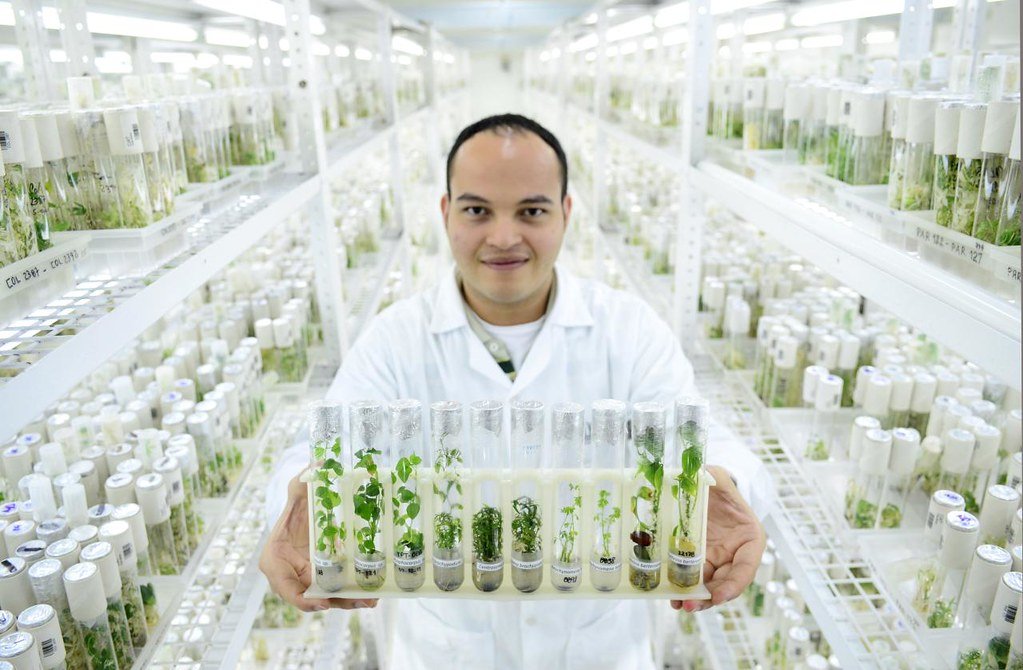
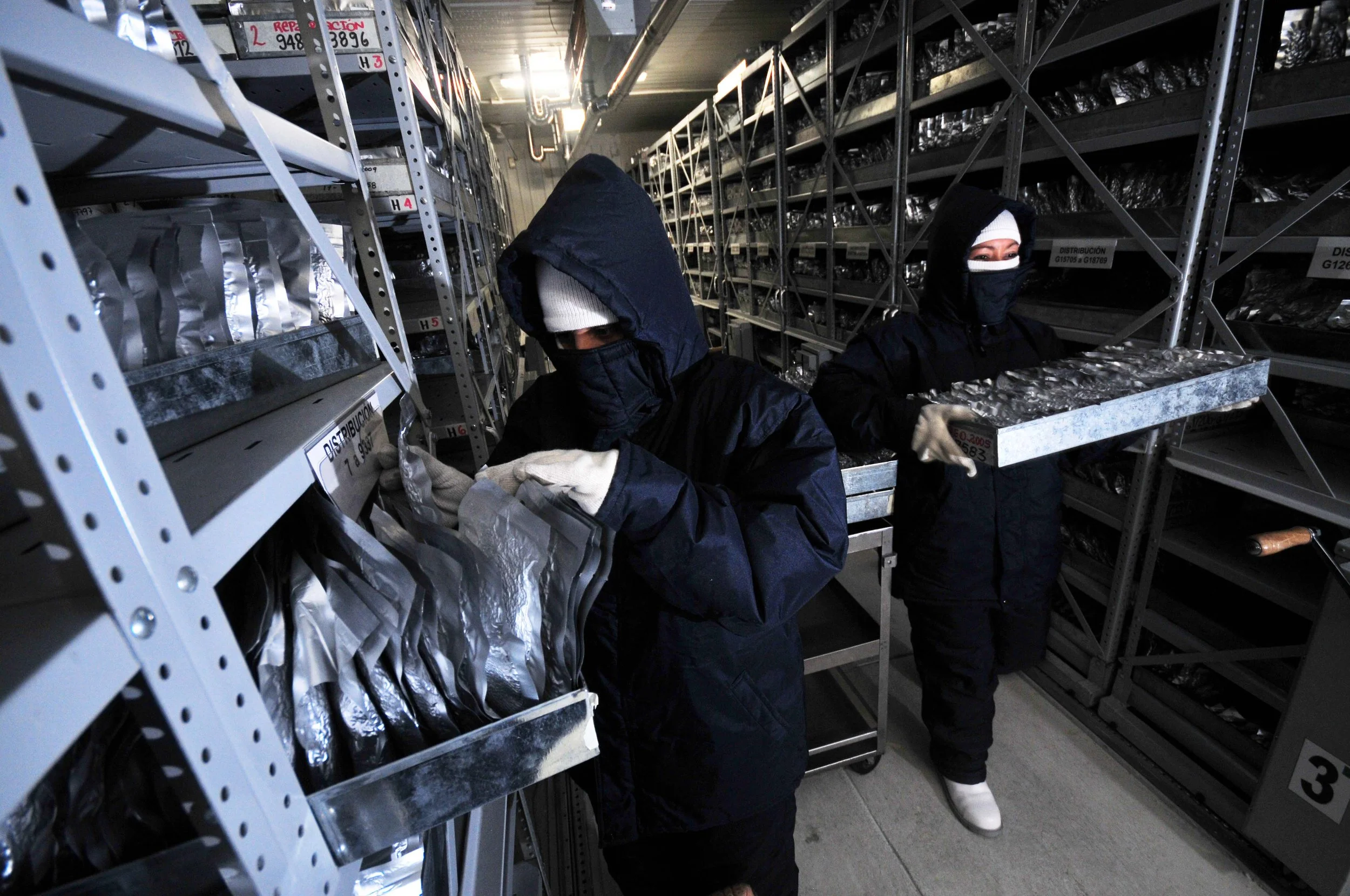
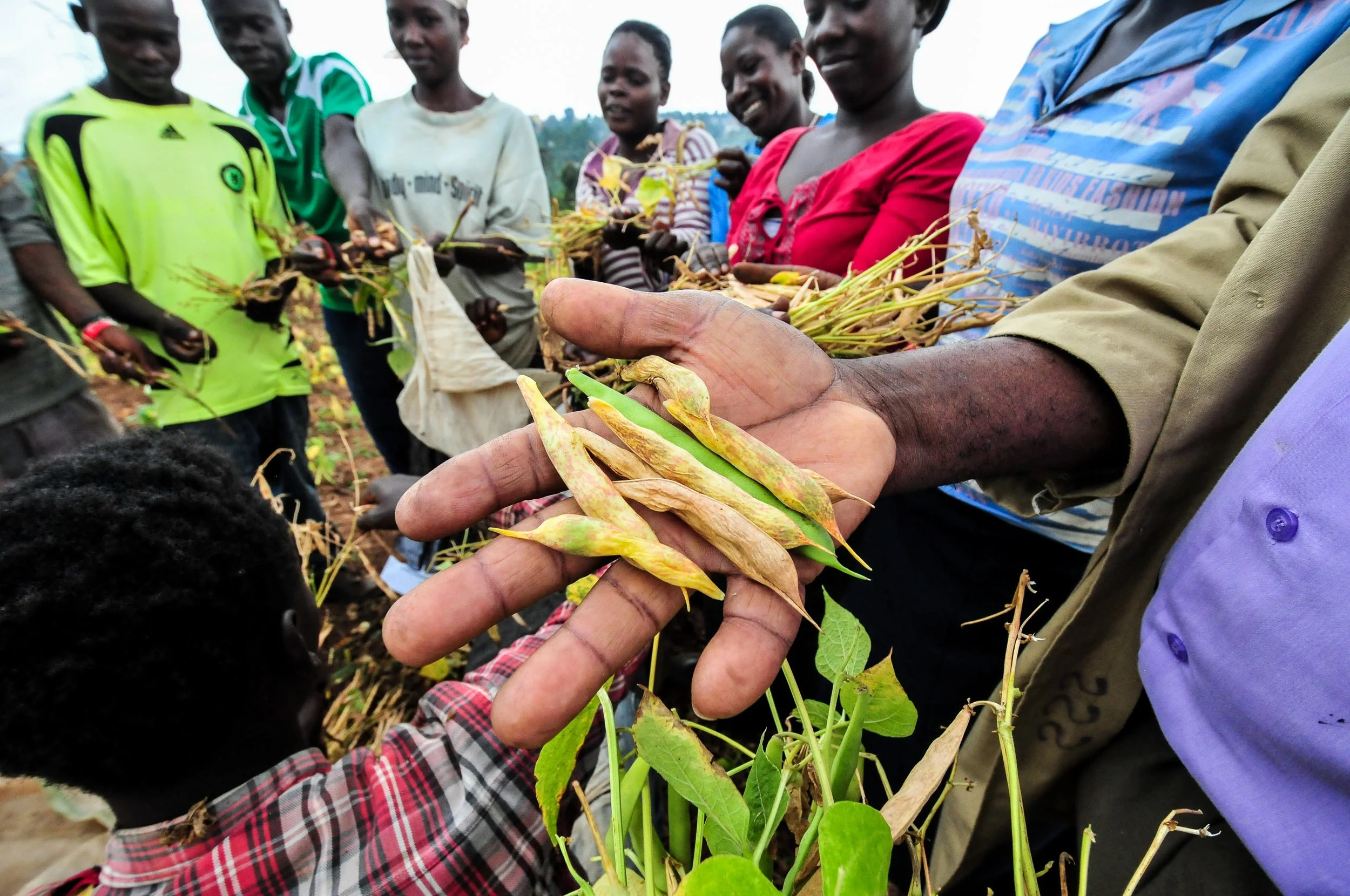
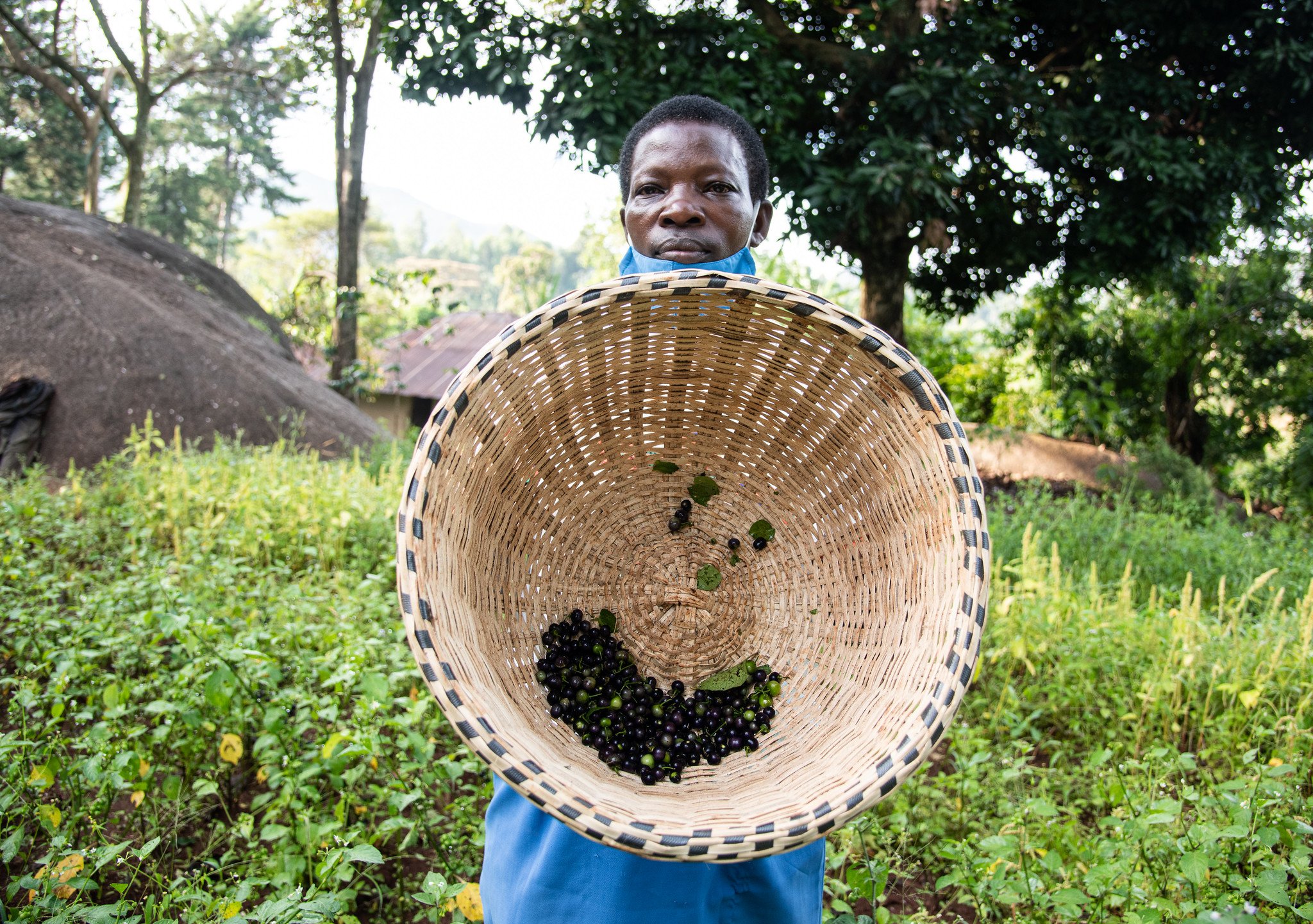

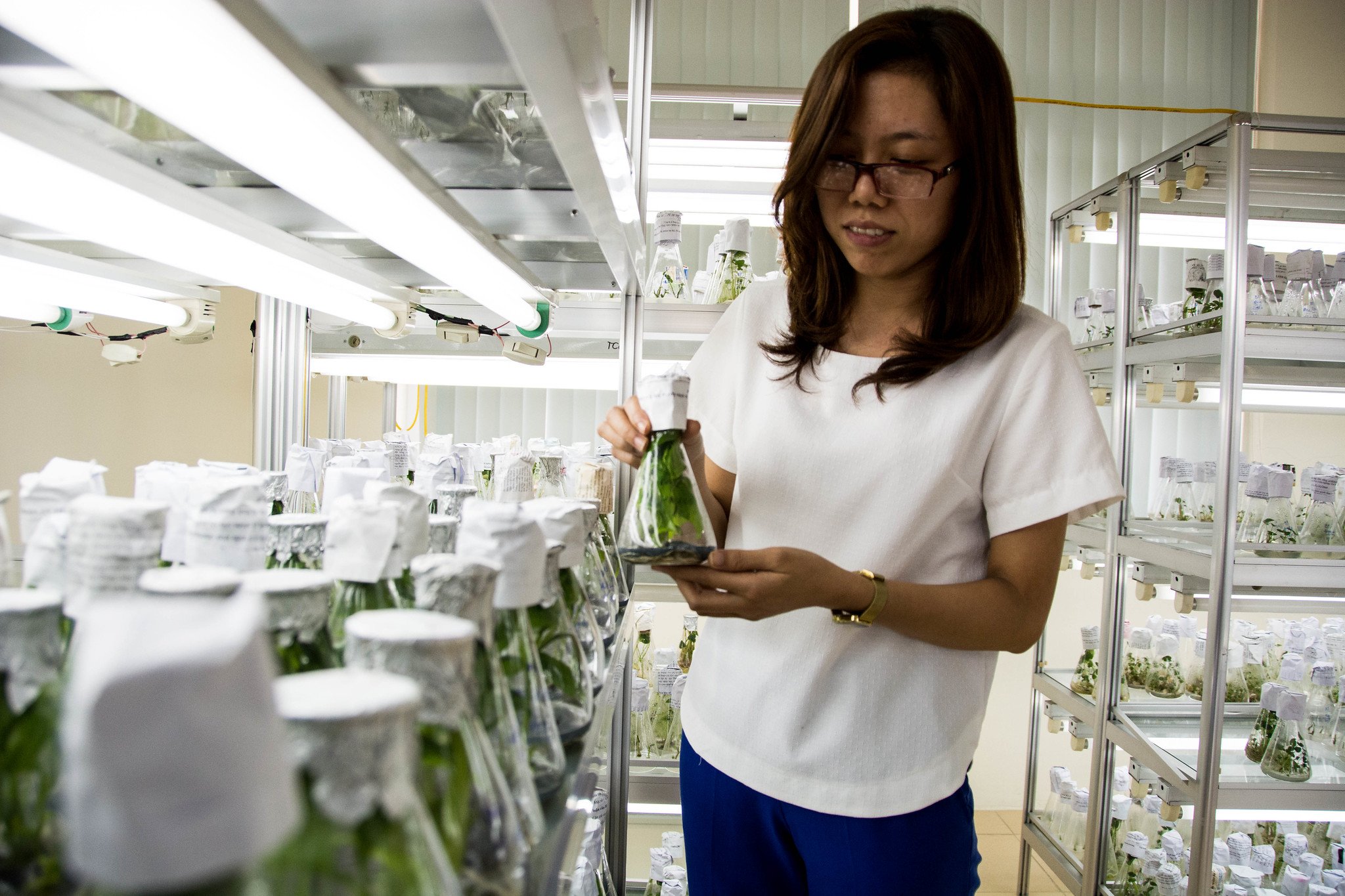
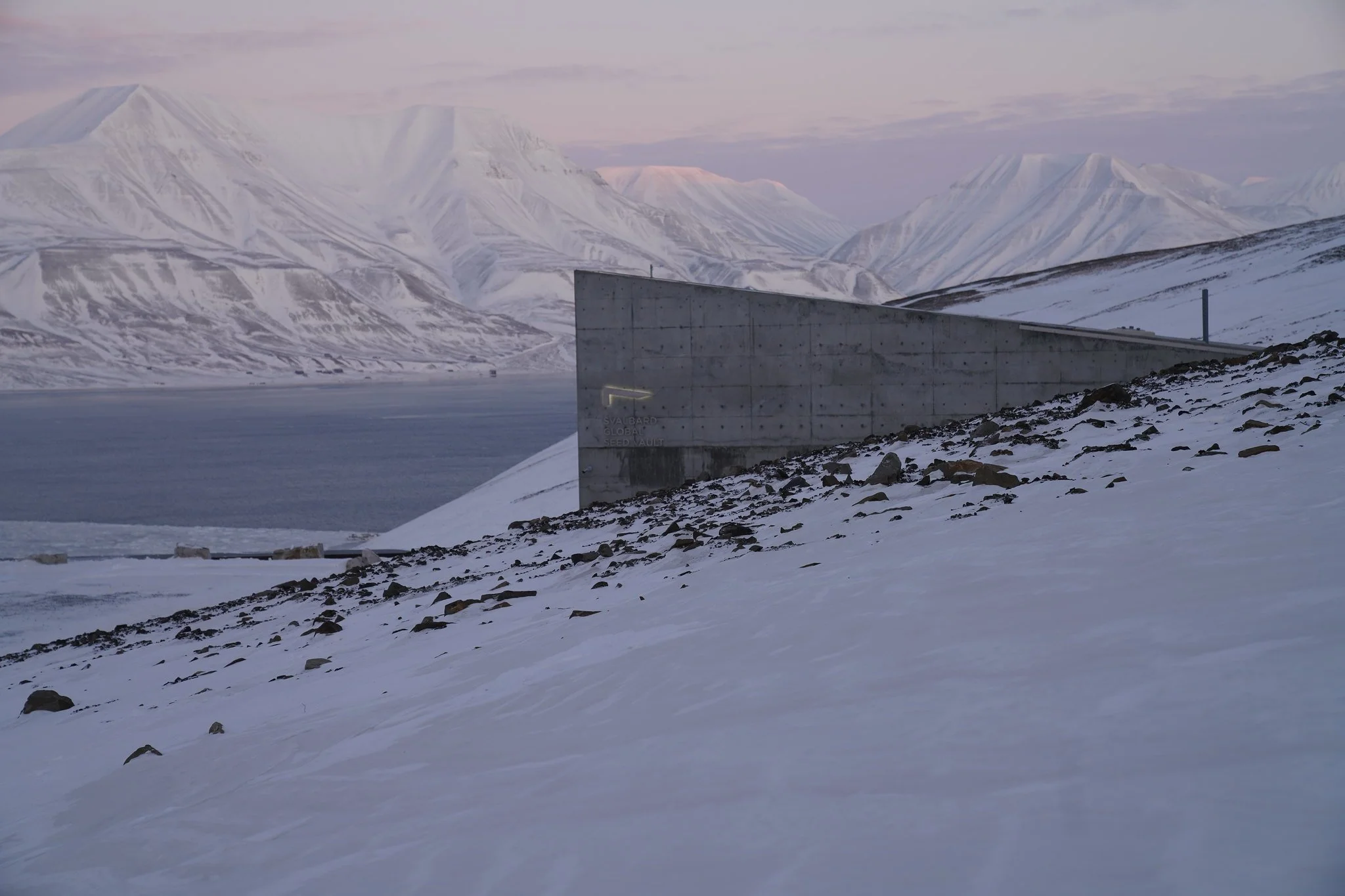
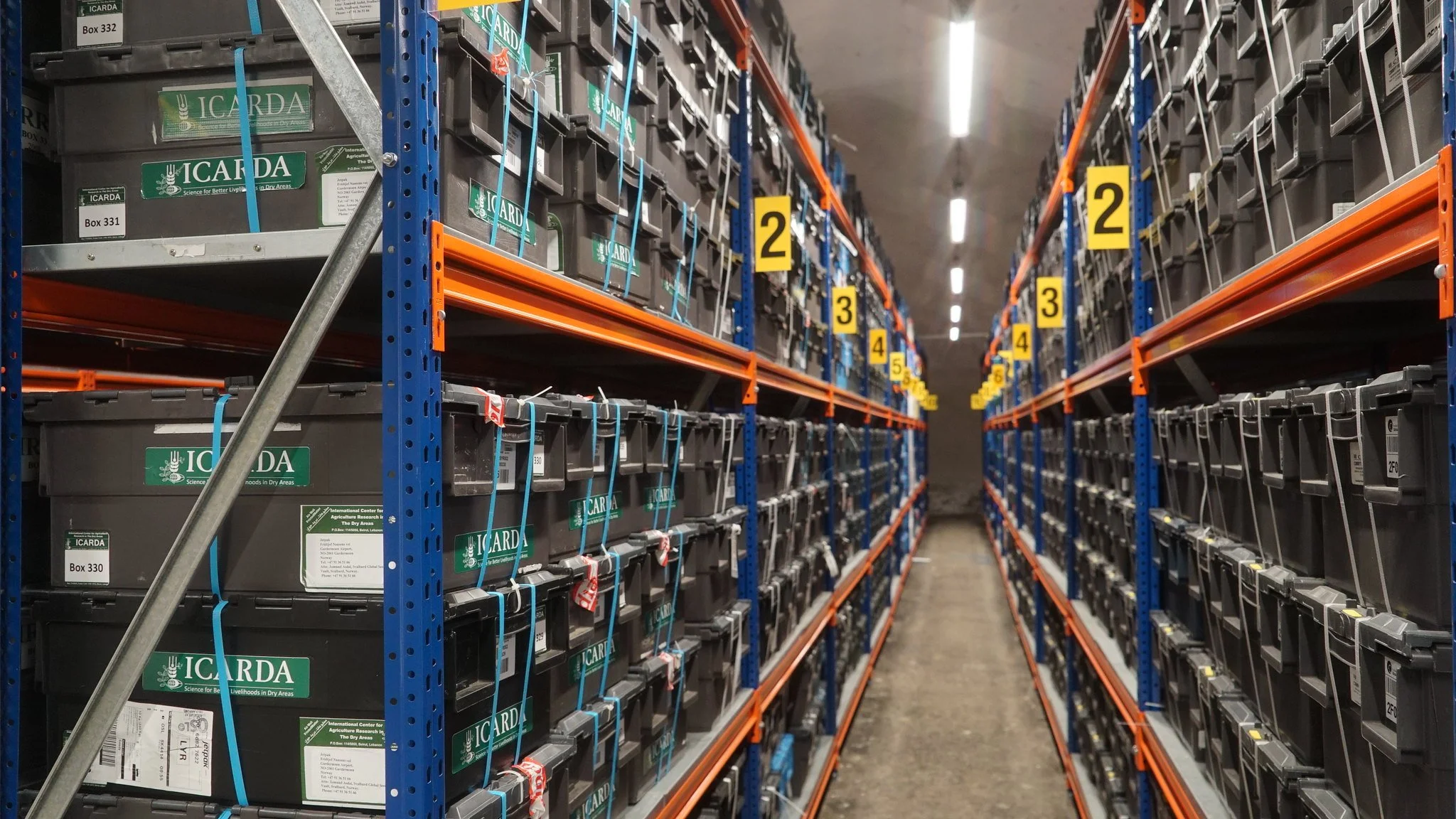
Upasana Sarraju
Upasana Sarraju is an Indian writer who loves science, beautiful language, and, lately, bees. She lives in Bengaluru, India with a changing roster of animal flatmates.

